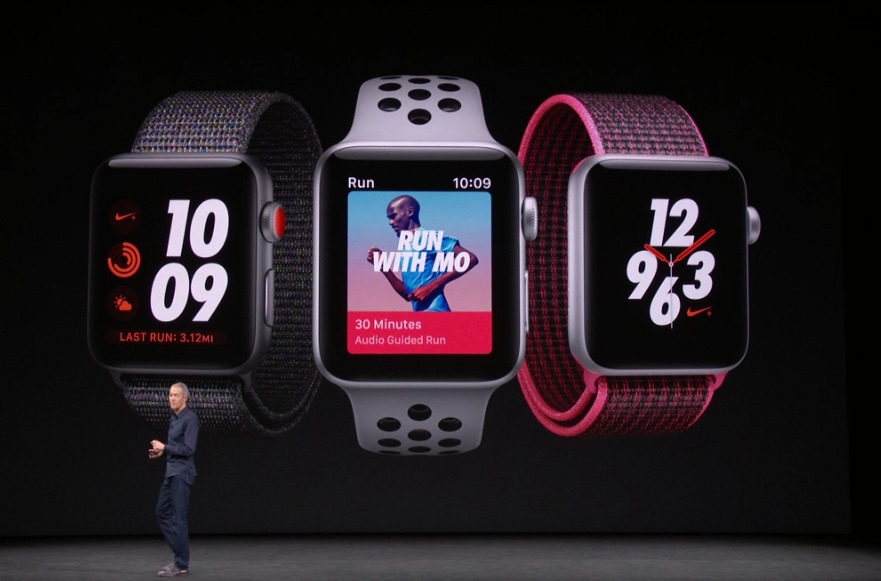Apple Watch Automatically Called 911 After A Man Fainted
- The fall detection feature on the Apple Watch helped assist a man who needed medical care after fainting and going unconscious.
- The Apple Watch called 911 and informed emergency personnel as to the man's location.
- The Apple Watch was initially positioned as a fashion accessory, but the device's health and fitness tracking features have become its biggest selling points.
The Apple Watch's fall detection feature is being credited, yet again, with assisting a man in need of immediate medical care. In a story first made public via KTAR News, an Apple Watch wearer fainted and went unconscious. Before long, the Apple Watch called 911 and relayed the user's location, thus enabling first responders to arrive and assess the situation.
"He would never have been able to provide us his location or any information on what was going on," dispatch supervisor Adriana Cacciola told the station. "He wasn't even aware that any help was coming until we were already there."
The fall detection feature, which was first introduced with the Apple Watch Series 4, is one of those interesting and novel features you hope you never have to rely on. The way it works, if you're unfamiliar, is pretty clever. When the accelerometer on the device detects a hard fall, sensors on the Apple Watch then go on high-alert to detect any movement. If no movement is detected after a minute, it's presumed that the user is immobile and a 911 call is placed automatically.
One of the more captivating stories involving the feature happened last year when a hiker in New Jersey fell off of a big cliff and suffered a number of serious injuries. In that situation, the Apple Watch detected a fall and called 911.
Another similar story involves a 67-year old man who suffered a serious fall in his bathroom and instantly went unconscious. His Apple Watch called 911, revealed his location, and emergency personnel arrived on the scene and found him bloodied up. The man suffered three serious fractures as a result, and he credits the Apple Watch with saving his life.
Notably, the fall detection feature is primarily designed for older folks who are more likely to suffer a serious fall. Consequently, the feature is off by default for all users below the age of 65.
It's also worth mentioning that an active carrier plan isn't necessary to take advantage of the feature. If you have an LTE enabled Apple Watch, the feature will still work.
All told, it's been interesting to see the Apple Watch evolve over the past few years. Though the device was originally marketed as something of a high-tech fashion accessory, the Apple Watch's key selling points today center around its fitness tracking and health features.
As to how the transition occurred, Apple COO last year said it was "very organic."
"Most people think we had this major health initiative, well, we had some notions in the beginning but no idea where it would lead," Williams said. "And honestly, it's a situation where we started pulling on threads and the more we pulled, the more we realized there's such a huge opportunity for us to impact people with the information that's on their wrist."
